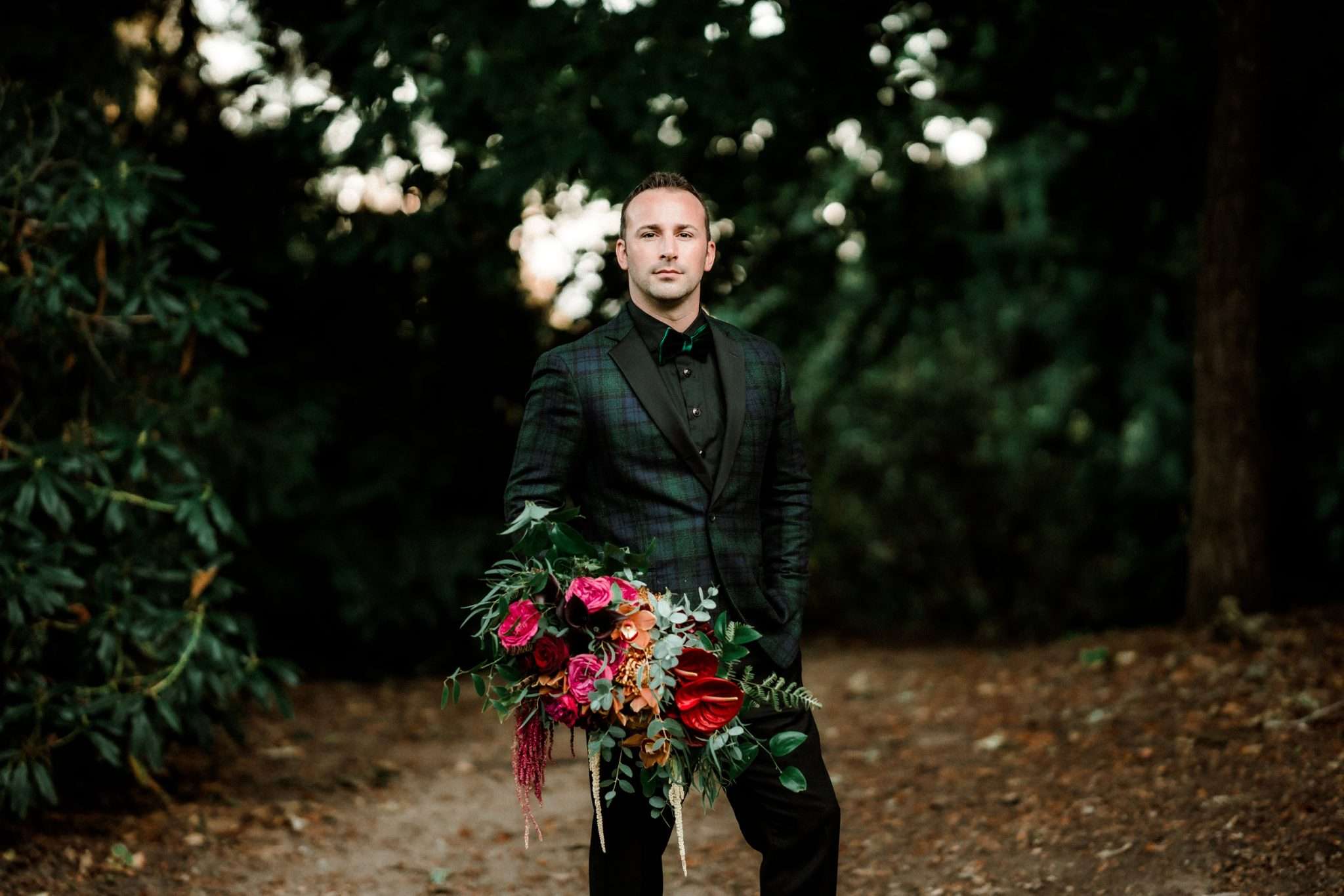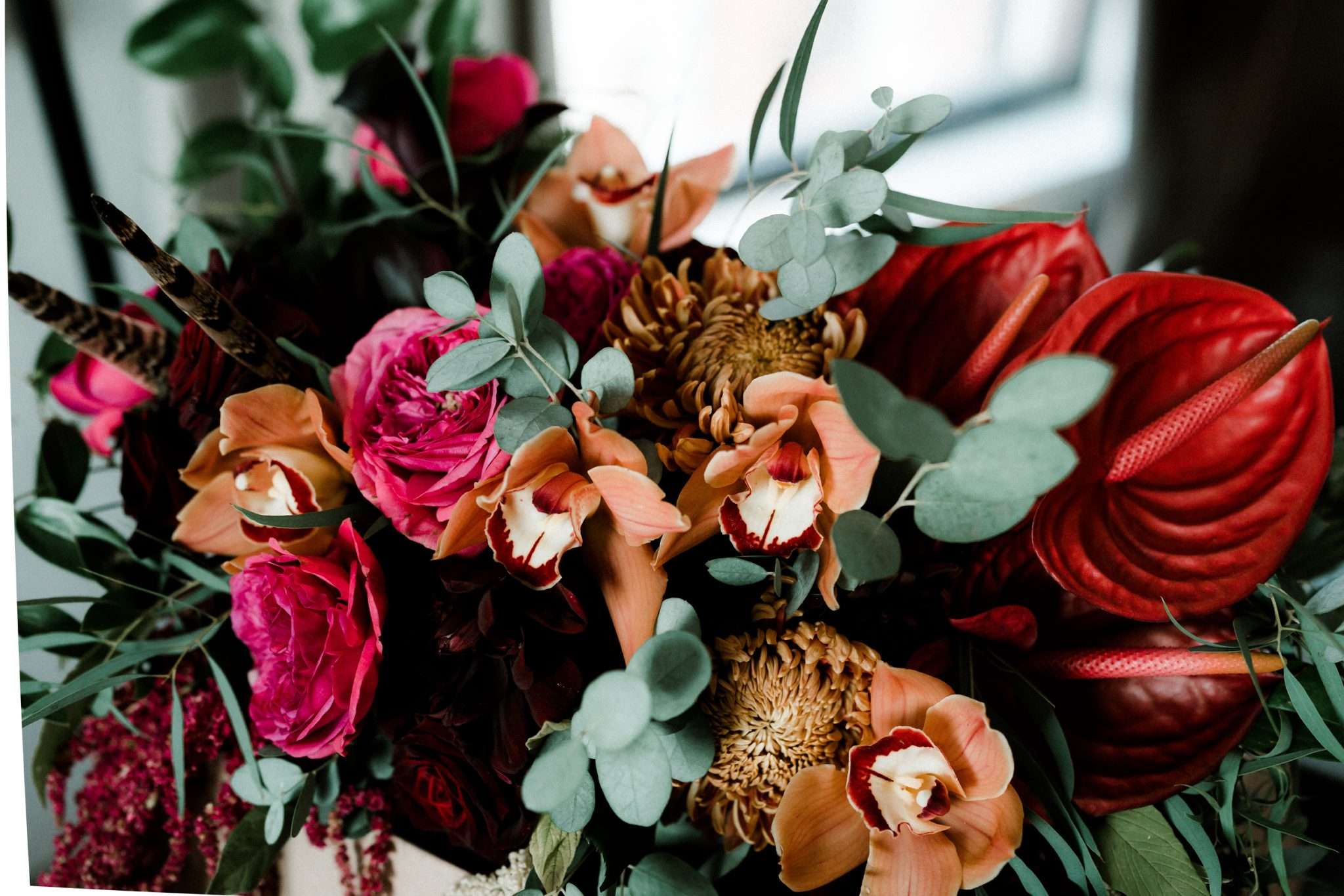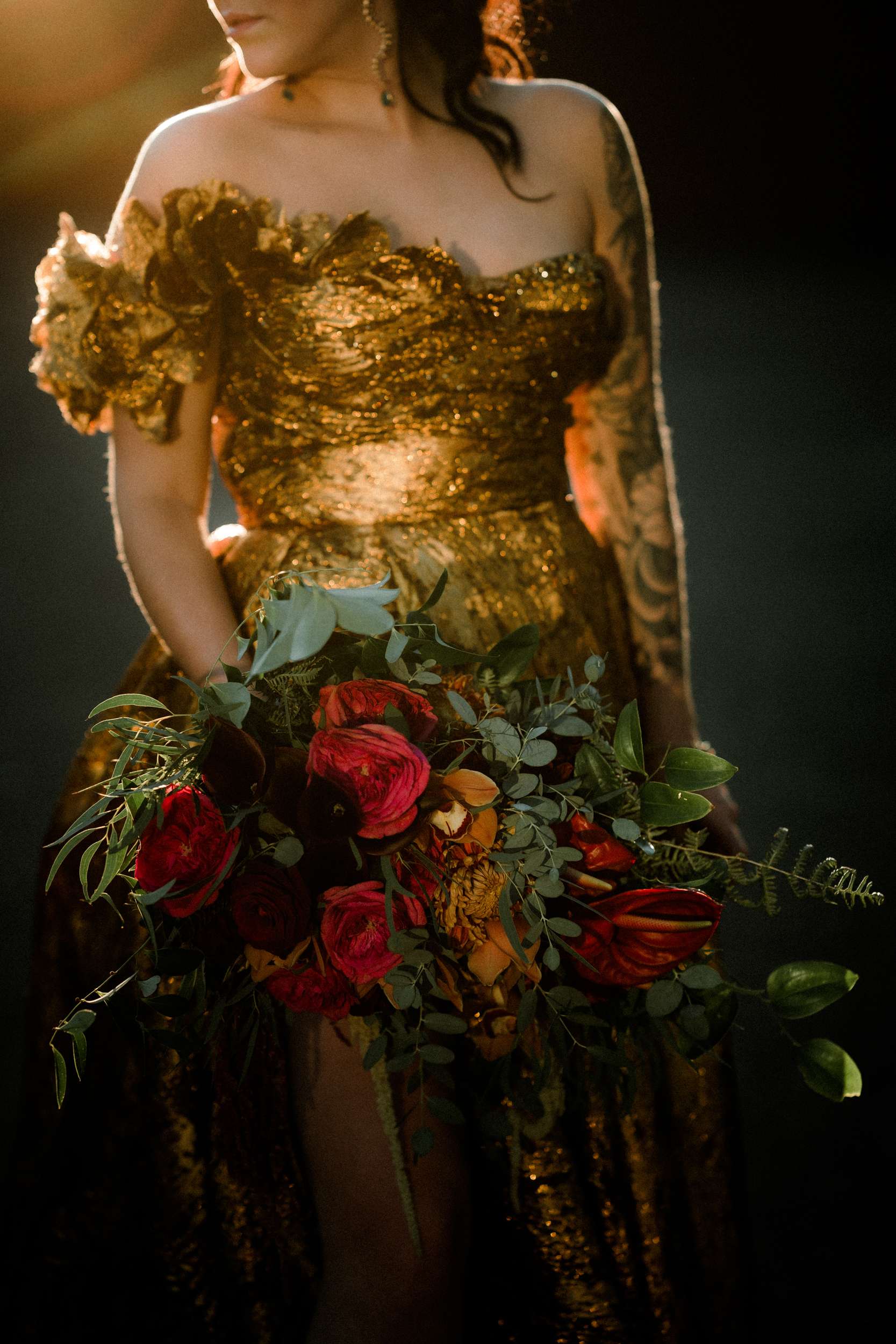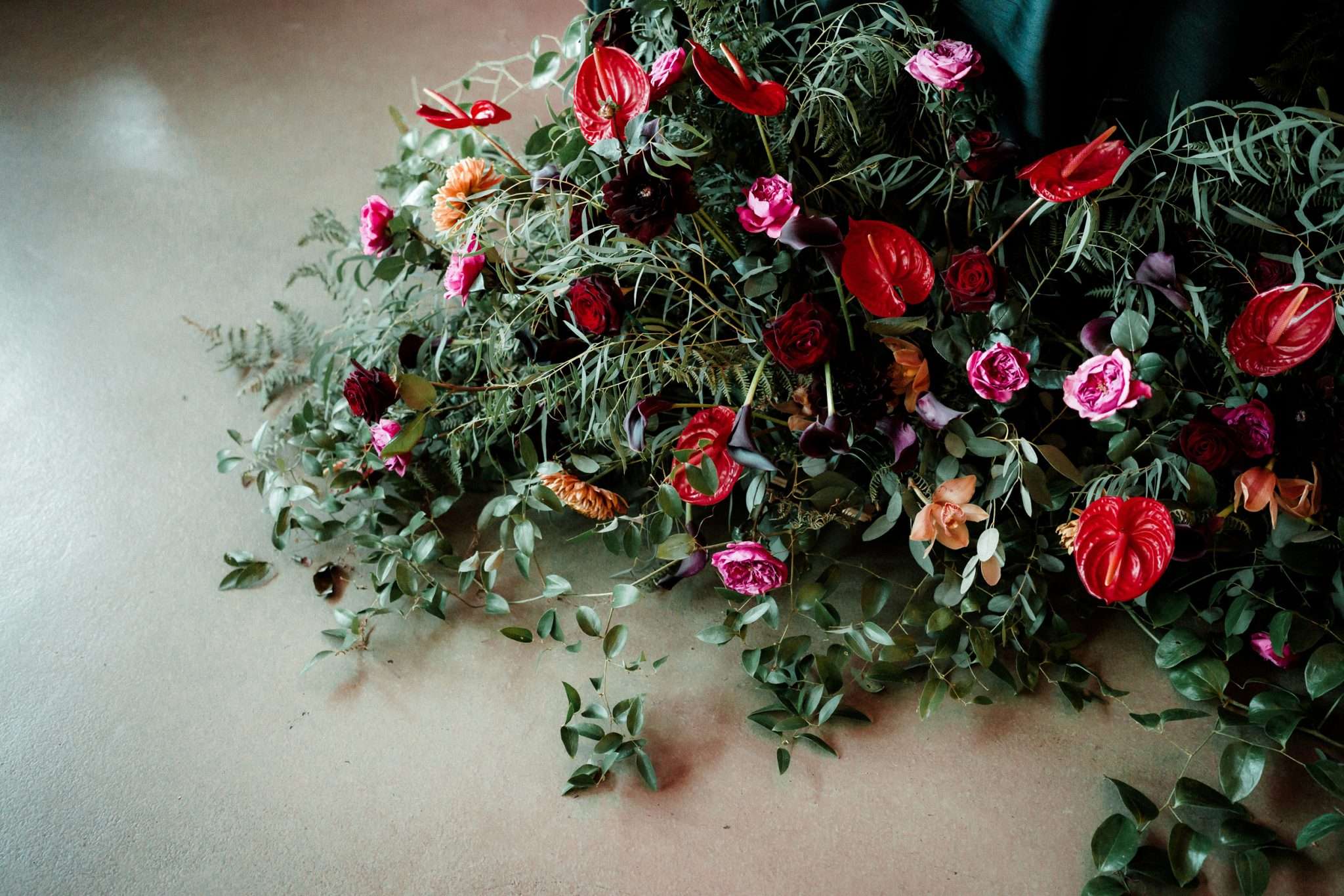
The cost of flowers has risen significantly since the pandemic. Many growers went out of business, and those that stayed had to rethink their operation – cutting production and wastage to maintain sustainability. There has also been a push for eco-friendly practices, which means investing in new technology. Factor in rising wages, transport costs, Brexit-related border checks, and soaring business expenses for growers and florists alike, and you’ve got some seriously pricey stems.
In 2019, a rose or lisianthus stem cost around £2.85 at retail. Today, it’s closer to £4.20 or more. Wholesale prices for florists are up by roughly 43% compared to 2019. While many florists absorb some of these increased costs, your wedding flowers are likely to cost more than they would have a few years ago. Behind those gorgeous bouquets and arrangements is a lot of labour-intensive work – and that work comes with a price tag.

As with everything in your wedding, flowers are optional. You don’t have to have them or spend a fortune if you don’t see the value or need for them. But if you want the look while making mindful choices, there are some things you can do.
Despite what some TikTok users may claim, wedding florists aren’t ‘ripping you off’ or inflating prices just because it’s a wedding. Creating floral arrangements for a wedding involves far more than putting together a bouquet you’d buy ‘off the shelf’ from a florist or supermarket. Ensuring flowers last all day and look good in photos (especially in hot weather) requires different techniques and, often, specific flower varieties.
In recent years, there has been a distinct aesthetic that many couples aim to achieve with their wedding flowers. However, although some arrangements may look simple, they aren’t necessarily inexpensive. For instance, the mocha and beige colour palette that has dominated social media and magazines isn’t a natural shade for most flowers, which limits the available varieties and drives up costs.
Your location also plays a role in pricing. Florists based in cities often have higher overheads and may charge more to cover their expenses.

The cost of wedding flowers can vary widely, but for an average wedding in 2025/2026, a minimum budget of around £2,000 is expected. If flowers play a significant role in your wedding’s aesthetic, the budget could be between £5,000 and £10,000. This typically covers a bridal bouquet, bridesmaids’ bouquets, ceremony arrangements, table decorations, and buttonholes. Be honest with your florist about your budget but also flexible with your vision. A skilled florist will work with you to create something uniquely suited to you.
There are ways to keep costs down. For example, you could buy flowers wholesale and arrange them yourself, though this means taking on the time-consuming task of designing, transporting, and setting everything up. When hiring a professional florist, you’re not just paying for the flowers but for their expertise, time, and artistry, as well as delivery and setup.
To stretch your flower budget further, consider using seasonal blooms and being open to less-trendy colour palettes. Instead of covering every corner of your ceremony and reception with flowers, work with your florist to identify key areas where flowers will have the most impact. A statement arrangement can often have a greater effect than multiple smaller displays, such as jam jar centrepieces scattered around.

Doing it all yourself can be a great way to save money, but it’s important to set realistic expectations. Taking on too many projects can be overwhelming. If you’re planning to DIY, focus on floral elements that can be prepped a few days in advance. You don’t want to be up until 3 a.m. the night before your wedding, stressing over centrepieces and bouquets – especially if you’ve never done it before!
The trend for greenery continues, and while it isn’t always cheaper than flowers, it can add colour and texture to arrangements while making them look fuller. Plants, often overlooked at weddings, can also be a cost-effective alternative to traditional blooms. Plus, they make fantastic repurposed gifts or favours for your guests.
Fabric is playing an increasingly prominent role in wedding decor. The draped fabric trend is set to be massive in 2025, appearing in ceremony backdrops, ceiling installations, textured table runners, and even wedding fashion. The bow trend isn’t going anywhere either. We expect both these things to extend into floral design too – imagine bows and fabric trails cascading from statement arrangements or personalised embroidery used to tie your bouquet.
Looking ahead, wedding decor is shifting towards a lusher, more editorial style. Dried arrangements are becoming less popular, instead preferring to go back to real flowers but in simpler yet more concise style, with additional accessories enhancing the overall aesthetic
Ultimately, like everything in your wedding, your flowers should reflect your personality and priorities. Whether you go big with bold installations or keep it simple with a few meaningful arrangements, the key is to make choices that feel authentic to you.

Special thanks to Emma Sampson of Green Parlour for her contribution to this article.
Suppliers
- Photography: Dionne Kraus Photography
- Flowers: Floral Designs by Alicia
